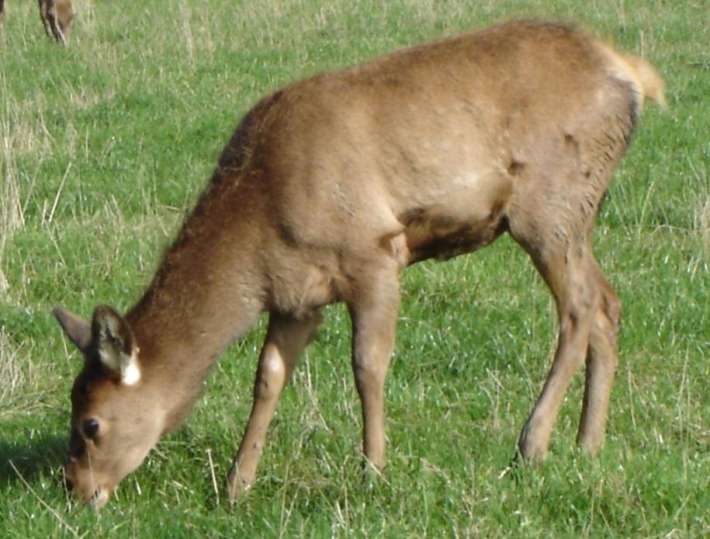
The annual stag sales have all but passed and again there is much publicity for stags that have reached values in the $20,000-$67,000 range.
However nearly all these high priced stags have genetics suited mostly to the velvet and trophy sector and the writer wonders whether deer farmers have got their breeding objectives right?
The venison industry is about seven times as valuable as the velvet sector and yet purchasers of sire stags value velvet genetics higher than meat growing attributes.
While it is understood that velvet genes are more highly hereditable than genes associated with venison production, one breeder has made spectacular progress in venison growth rates and dominates the gene pool in that area and proves good progress is achievable.
The industry recognises this in its growth goals with a "More deer, heavier and earlier" theme and information by DEERSelect provides key genetic information of leading stags to help farmers make profitable genetic choices. But it is not being used extensively enough by the industry and the question is why?
It has been stated by industry research leaders that this national deer recording scheme introduced 6 years ago has not experienced the industry uptake desired, and there has been insufficent exchange of genetics between breeders.
A Deer Progeny Test scheme was initiated last year and aims to address some of these issues with a focus on venison quality and quantity.
800 odd hinds have been inseminated with semen from 9 maternal and 5 terminal sires and run over two farms . The progeny are born now and the first evaluation wll be revealed at weaning and continue to slaughter this year.
The whole industry should follow these results with interest with a goal to improve productivity performance to survive in a now competitive land use livestock market.
This industry has hidden behind high priced product prices for too long and needs to improve its on farm productive perforrnace if it is to survive among its dairy and sheep competitors.
Share your views on the deer industry's breeding direction and thought on whether it can grow and compete with its livestock counterparts.
2 Comments
Tony, I think you are forgetting the residual value in buying a trophy stag which a venison sire does not have. At the end of its 5 - 7 year breeding life the sire may be worth at least what was paid for it if not more. Progeny with a value above venison prices will also be born and semen may be sold at 100 - $1000 a straw.
Speaking as a person heavily involved in the venison and sire breeding industry i am more than happy with the amount and quality of venison animals sold. There is an increasing demand for breeding values on sale animals and even the Wapiti guys are getting into it. Average prices for Venison sire are around $3750 so far this year.
The progeny test sure will sort some arguments out in particular the debate around Wapiti/Elk vs Reds as a terminal sire as they will be compared in an even scientific way that has not been done before. It may also silence the largest venison semen seller who claims that their Red stags are comparable as a terminal sire. Their product has very very good maternal attributes i feel and is just being oversold for its terminal attributes.
Are you forgetting Sir Bob Charles Deer Velvet? It's promoted by Colin Meads. He's never been wrong before.
Solid as, I'd say.




We welcome your comments below. If you are not already registered, please register to comment.
Remember we welcome robust, respectful and insightful debate. We don't welcome abusive or defamatory comments and will de-register those repeatedly making such comments. Our current comment policy is here.